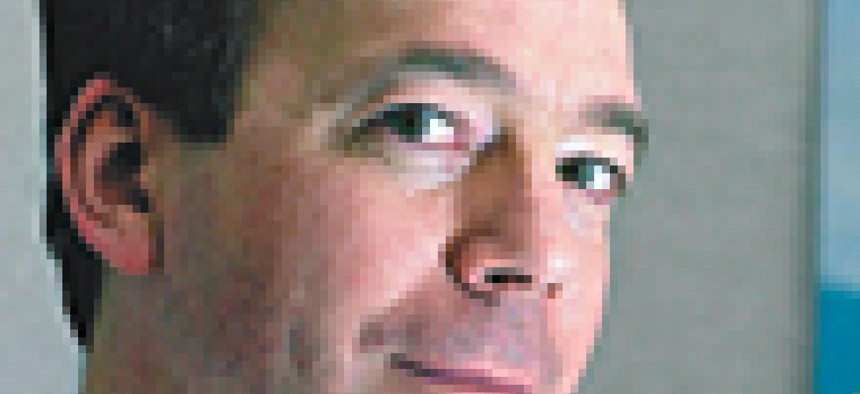Turning the key to security

The Social Security Administration is evaluating the results of a demonstration project to protect electronic medical records.
The Social Security Administration is evaluating the results of a demonstration project to protect electronic medical records.Social Security handles more than 100 million medical records a year, most of them on paper. Eventually they will be moved to electronic format without endangering their confidentiality."It is not a trivial undertaking," said Tony Trenkle, deputy associate commissioner for electronic services.Social Security began working about a year ago with the International Institute of Business Technology Inc. of Washington to find vendors that could handle such a volume of records while keeping them secure."We didn't present them with requirements," Trenkle said. "This was not a procurement, but a proof of concept to help define requirements."Taking part were teams headed by Eruces Inc. of Kansas City, Mo., for database protection, and AT&T Corp. of New York for end-to-end networking and access."The results were good," Trenkle said.Particularly interesting, he said, was the Eruces encryption system, which can protect database entries even if the network is breached. "I think it has application beyond us," Trenkle said. "It can be used with any kind of information."The Eruces Tricryption Engine encrypts records as they enter a database, either in their entirety or in part."The ability to select what things to encrypt based on a policy improves the performance," said Bassam Khulusi, Eruces' chief executive officer.An encryption key generated for each item resides in a separate database. The link between the document and the key also is encrypted, so that even if the database is compromised and data stolen, there is no way to associate the encrypted document with the proper key."Only the system can retrieve the key," Khulusi said. The system decrypts the link, retrieves the key, decrypts it and then decrypts the document only at the request of an authenticated user with the proper access.The process works with any vendor's database and any type of encryption, authentication and access control, he said."You use the policies and authentication you think appropriate," Khulusi said.The Social Security demonstration used PowerEdge servers and PowerVault storage hardware from Dell Computer Corp. of Round Rock, Texas, extended enterprise authorization infrastructure from Novell Inc. of Provo, Utah, Web server acceleration tools, front-end user authentication from Digital Signature Trust Co. of Salt Lake City, and a so-called postrelational database management system from InterSystems Corp. of Cambridge, Mass.The Tricryption Engine runs under Microsoft Windows 2000 separate from the database server to reduce performance impact. The proof of concept demonstrated 1 million transactions a day.Trenkle said he is an avid proponent of the proof-of-concept model."We are looking at using proof of concept as a way of bringing technology in faster and developing a business case," he said. There is no commitment to use any of the demonstrated technology at Social Security, however."This is not going to lead to an immediate procurement," Trenkle said, although "hopefully part of it will end up being used as we develop our final process."Nor is there a timetable for developing an electronic medical records system. "Obviously, we'd like to do it over the next couple of years," he said. "There are technical issues, but there also are political issues and business change management issues."

Government Computer News Staff Writer William Jackson can be reached at wjackson@postnewsweektech.com.

"We are looking at using proof of concept as a way of bringing technology in faster and developing a business case," said Tony Trenkle, deputy associate commissioner for electronic services at the Social Security Administration.
Government Computer News Staff Writer William Jackson can be reached at wjackson@postnewsweektech.com.
NEXT STORY: On the Edge

